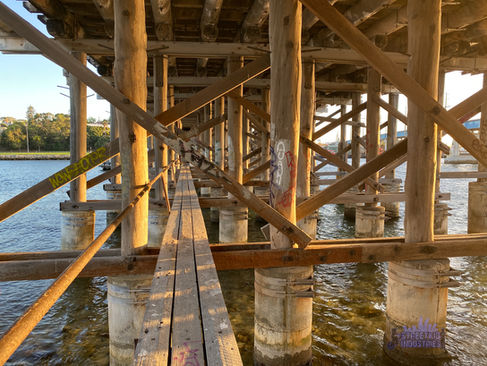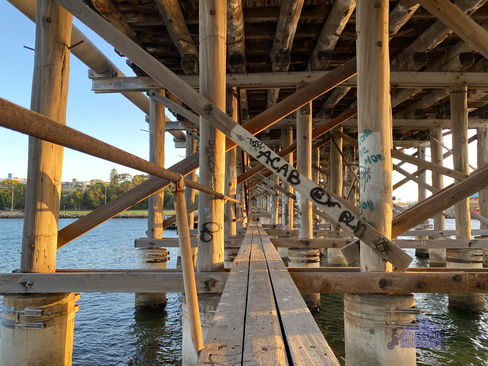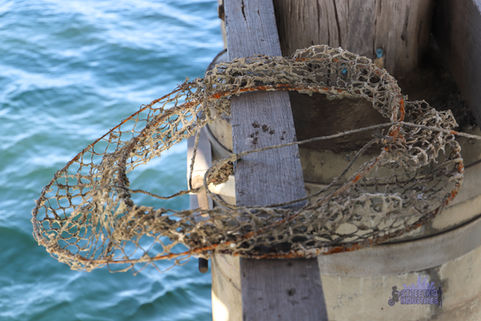Fremantle Traffic Bridge
The fourth Fremantle Traffic Bridge, which is the current one, is in the process of being demolished and rebuilt as of Monday 5 August 2024.
Issues
Originally constructed as a temporary structure in 1939 with a 40 year life expectancy, continuous deteriorating, despite “extensive strengthening and maintenance works” has resulted in the need for a new one to be constructed.

Fears were largely raised at the “high level of corrosion and rot in the structure” in which, if hit by a large vessel, the bridge wouldn’t be capable of enduring, the number one risk to the bridge.
Since 1938 when the bridge initially began construction, the riverbed was approximately four metres higher than the levels of what it is today. This increasingly risks the stability of the bridge, hence why it wouldn’t stand the impact of a hit by a large vessel.
In addition, timber decks and wooden support structures have deteriorated and split, as well as necking in the timber piles. On the pedestrian footpath, the balustrade is too low and in poor condition.
2021

Teredo
Marine borers known as Teredos navalis, habit warm waters and are a species of a saltwater clam. They’re known to destroy ships, going as far back as ancient times and can cause extensive damage to wooden structures such as boats and in this case, the Fremantle Traffic Bridge.
Being a highly modified mollusc, they have adapted to become wood borers with a shell that’s comprised of “two small, ridged valves which covers the head and are used for grinding and tearing wood fibres”.


It’s difficult to fully understand what the Teredo navalis is just from the image, particularly as they look similar to an elongated male genital. Although in saying that, it’s hardly a safe comparison, particularly as what it’s been compared to may not always be safe for some people to use, which further elicits an idea of danger the Teredo can pose to its environment.
Despite the wooden piles of the Fremantle Traffic Bridge being protected with concrete, over time this has become cracked due to reinforcement corrosion, allowing the teredos access to further destroy the bridge’s supports.
Replacement
With the financial co-assistance of the Federal Government, the State has committed $230 million to replace the entire bridge to meet today’s modern standards.
The new bridge will two still have two lanes going in each direction, although they’ll be slightly wider, as will the footpaths, in order to meet the standards of today. In addition, the strength required by the bridge is much higher than it was originally designed to carry, as a result of the current traffic loading.
2022

2023

2023 - Day Detail

.png)














































































